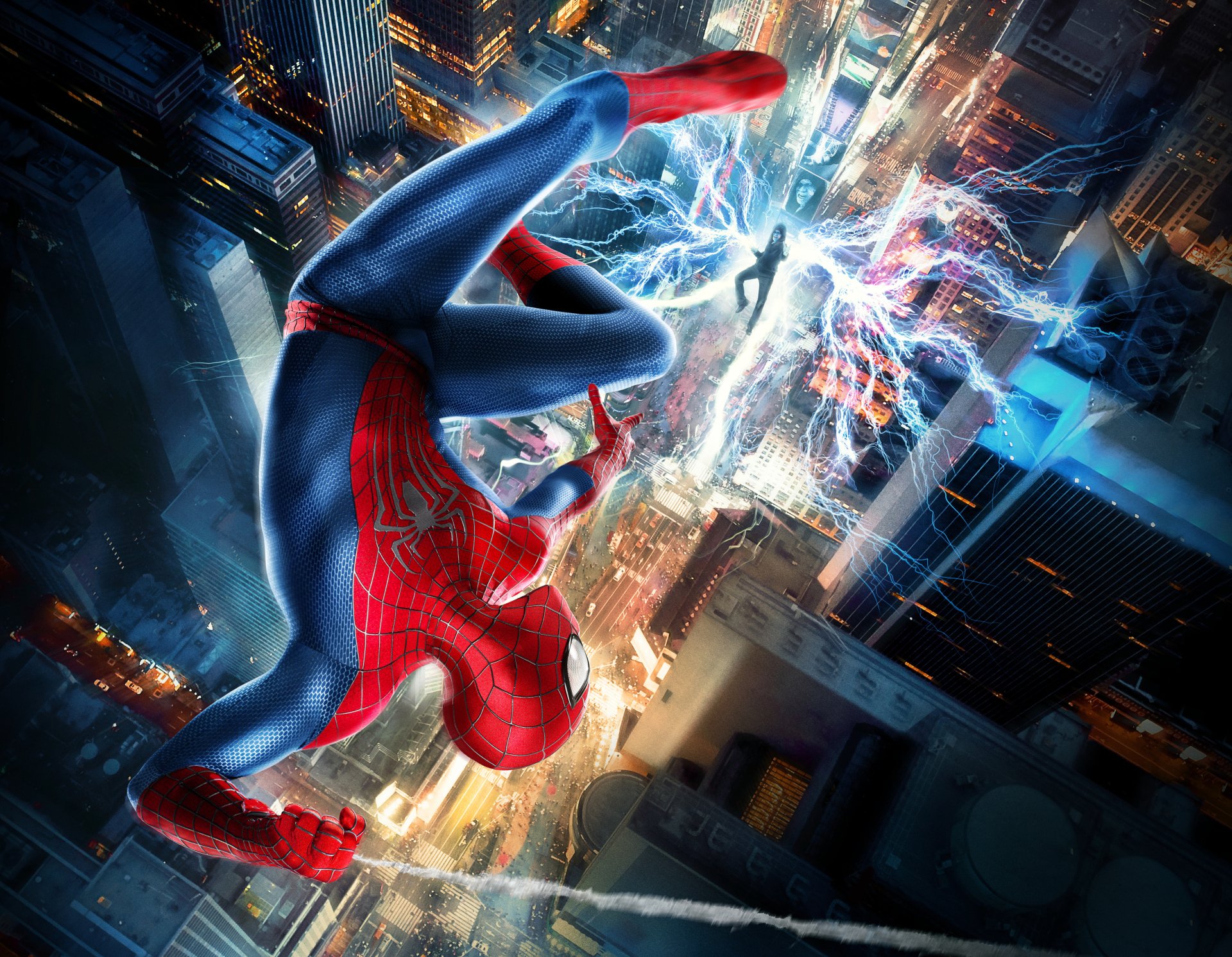

The Sony divisions are already on the network, while outside vendors accessed the backbone through secure transfer systems such as Aspera. Multiple Sony businesses were connected including Sony Pictures Imageworks, the lead visual effects house Colorworks, Sony’s postproduction unit Sony marketing as well as additional vendors including VFX houses such as MPC, Blur and Pixel Playground. The tentpole was shot primarily on film, and to start postproduction, all 1.5 million feet of 35 mm was scanned in 4K, 16-bit, consuming 2.4 Petabytes of storage in the backbone, according to Sony Pictures Entertainment senior vp of technology Bill Baggelaar. It also stored associated production notes and other information, and made all of the materials accessible to sound and picture editors, visual effects artists and others, as needed and in appropriate file formats. RELATED: The Tangled Web That Led to ‘Amazing Spider-Man 2’


4K, or Ultra HD, means four times as much picture information as HD, and a key issue with the format is that production needs an efficient workflow to move and work with the larger files.įor production of The Amazing Spider-Man 2, Sony relied-more extensively than on prior projects -on its evolving SPE “production backbone,” a large scale storage infrastructure that accommodates 4K.


 0 kommentar(er)
0 kommentar(er)
